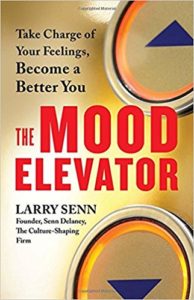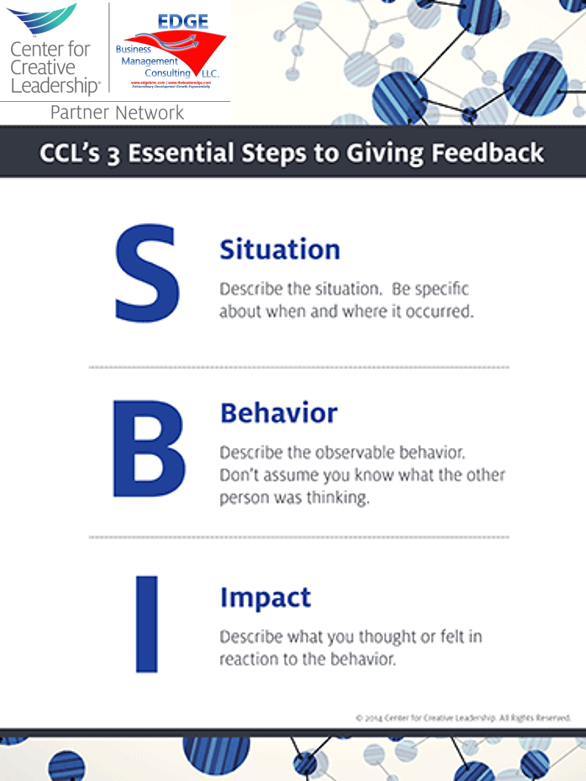Guest post by Diana Peterson-More
In an age of volatility — fake news, diverse audiences, technology at our fingertips, and change at the speed of light — clear, concise and intentional communication is vital to successful human interaction. Yet, the September 2017 survey by Fierce Conversations and Quantum Workplace found significant gaps across all organizations.
Some key findings: 1) only half of work-related conversations are “high quality;” 2) 80%+ employees indicated that miscommunications occurred within and across their organizations frequently; and, 3) More than half said all employee groups were responsible for miscommunications.
So, let’s dig in. Here are three vital tips for ensuring others understand us.
Tip #1: Be Strategic: What is the Goal to be Achieved?
All communications should be strategic, intentional, consequential and designed to further mutual goals. Easier said than done? “Brainstorm with yourself” and determine:
- What is the ultimate goal to be achieved? (often getting someone else to buy-in or to do what we want them to do)
- Next, ask yourself: “at the end of this communication it will have been successful if what happens?”
- Once known, develop an overarching strategy and tactics to achieve it.
- EXAMPLE:
- Goal: I need Juan, who reports to Jan, to research how many employees left the Company last year, and to develop the costs.
- Tactics: Approach Jan and offer to assist her in meeting a goal; tell Juan this is a high visibility project and he will get credit for his contribution; and, give him plenty of time to deliver.
Tip #2: Verbal Communication is Comprised of Listening, Asking and Telling
Sadly, many of us do too much telling and too little asking and listening. What are the benefits of listening and asking more and telling less? Shocking, however, someone might have a better idea than you. Often, your “very excellent idea” is the same or similar to another’s, and allowing them to articulate it is highly motivational. And, a motivated workforce is a productive workforce.
Try the following the next time an issue emerges that your team needs to address AND you have a few weeks to develop a solution. Or, do a “dry run,” by suggesting an issue that is minor and the organization would be fine without handling it.
- Present the concern to the team and brainstorm for five minutes: adopt a
groundrule that the goal of the brainstorm is quantity of ideas, not quality. - Establish a second ground rule: you will be the last to speak and will only add to the list if an idea/s that you’ve already thought of did not emerge.
- After the group brainstorm, narrow the field by asking each participant to write down the three to five best idea.
- Assign members of the team to research the three to five ideas.
- Reconvene the team and decide how to proceed.
- Assign a team to implement.
- EXAMPLE:
- The HR filing system is awkward: there are duplicates, and former employee files are integrated with current files. This is on the HR VP’s “to do” list; but, far from the top.
The Five Minute Brainstorm with the team netted over 20 recommendations, ranging from separate out former employee and current employee files, to develop a list of what should be in each file, create a check list and hire a temp to execute, to place all files online and shred the paper documents.
The Three to Five Best Ideas included:
- Determine what should be in each file.
- Create a check-list.
- Find a “volunteer” studying HR at a local college to update the files.
- Hire a temp to update the files.
- Place the files online and shred the paper files.
The Team reconvened and reported:
- Two team members agreed to determine what should be in each file and to develop a checklist.
- It would be a violation of the DOL’s procedures to have a “volunteer” from a local college update the files unless he or she were getting school credit, or the company paid them as an intern.
- The cost of the temp would fit within the current budget.
- The Company doesn’t have in-house capability at present (time and personnel) to place the files online.
The Team was assigned to execute by having the two volunteers develop a checklist; and, hiring a temp to update the files.
Tip #3: Own the Communication: Use “I” Statements (Banish “You” Statements”)
“You didn’t understand.” “You’re not listening.” “What you need to understand is . . .”
How many times have each of us heard one of those statements, or variations on the theme, and usually coming from the boss? They might as well add “. . . you idiot, or you moron,” since that’s what it feels like.
How much better if the boss said, “I’m sorry, I didn’t explain well enough, here goes again.” Or, “I don’t think I’m making my point, let me try it this way.” Or, “I am even confusing myself with all of these explanations; please tell me what you think I’m trying to say.”
Using “I” statements clearly places the responsibility where it lies: with the communicator. It may sound radical, however: “it’s not your job to understand me; it’s my job to make myself understood.” Think about that.
Accepting responsibility for being understood fundamentally changes the communication dynamic from “you need to understand me,” to “I need to communicate in a manner so that I am understood.”
Diana Peterson-More is a sought-after conference speaker and consultant, who has touched the lives of tens of thousands worldwide through her unique approach to adult learning. Diana is the author of Consequential Communication in Turbulent Times: A Practical Guide to Leadership, which equips readers with tools for strategic communication. She is also the founder of the consulting firm, The Organizational Effectiveness Group, LLC, where she is committed to aligning individuals with organizational goals through conferences and speaking engagements, strategic planning, individual and group coaching, and professional development.


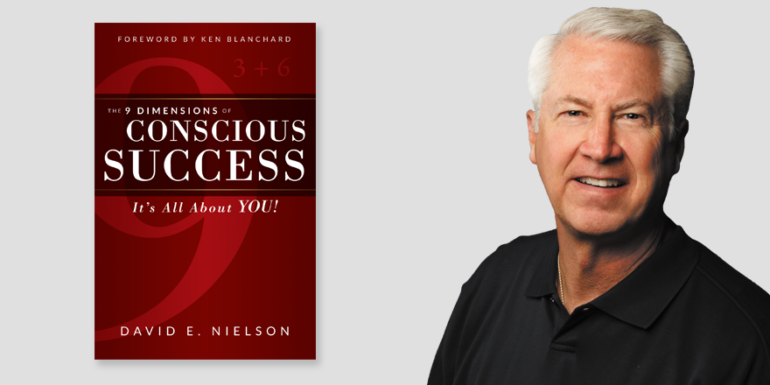
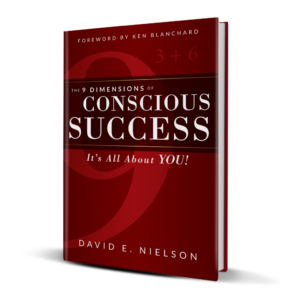

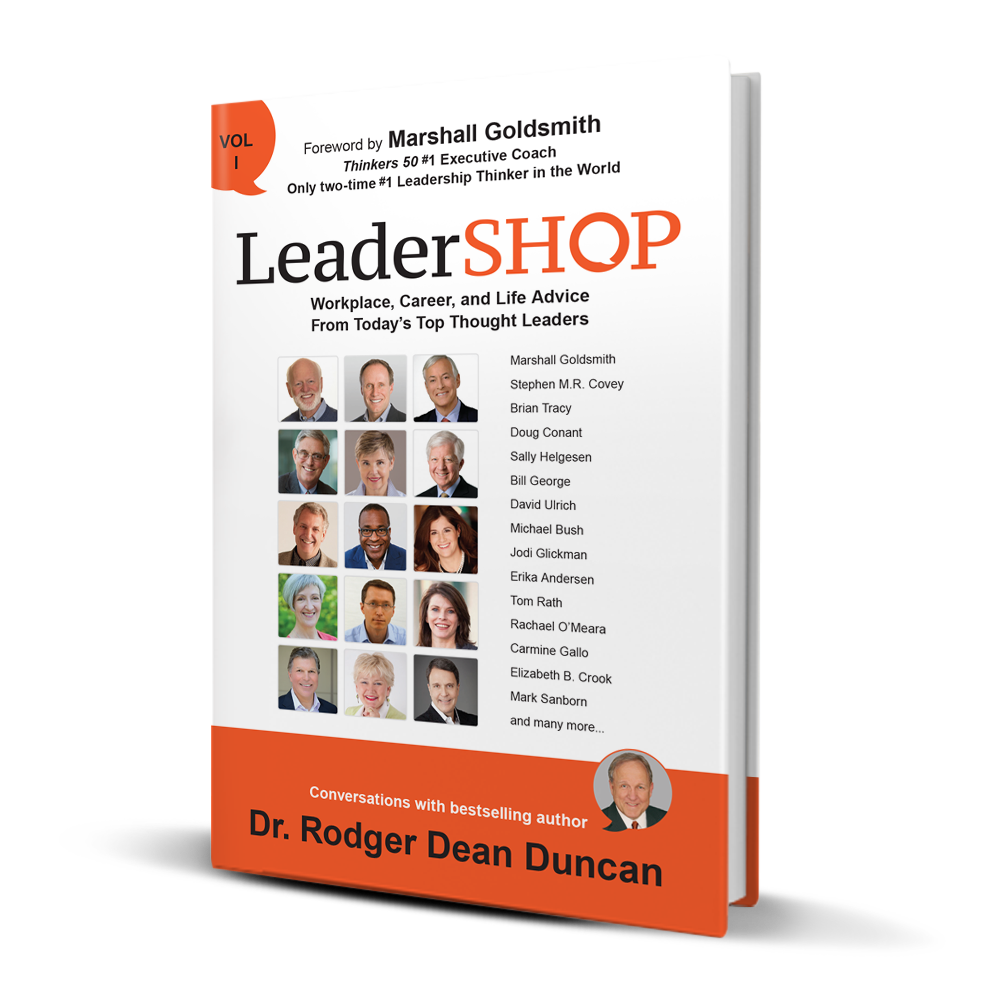

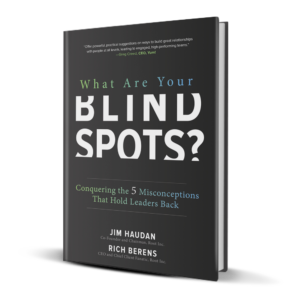
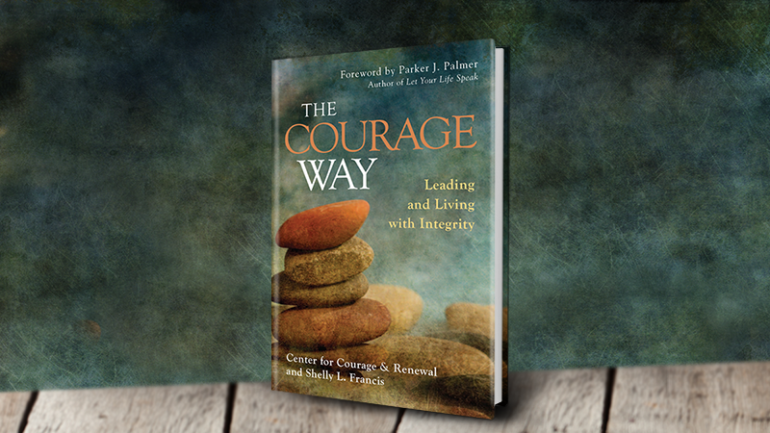



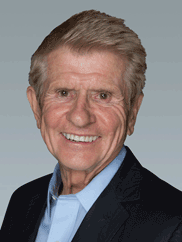 Dr. Larry Senn pioneered the field of corporate culture and founded in 1978, Senn Delaney, the culture shaping unit of
Dr. Larry Senn pioneered the field of corporate culture and founded in 1978, Senn Delaney, the culture shaping unit of 